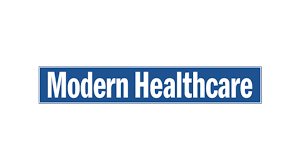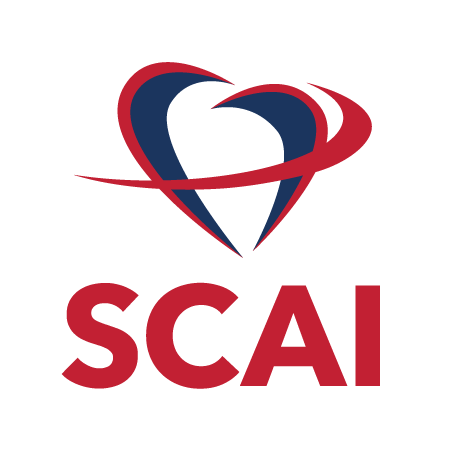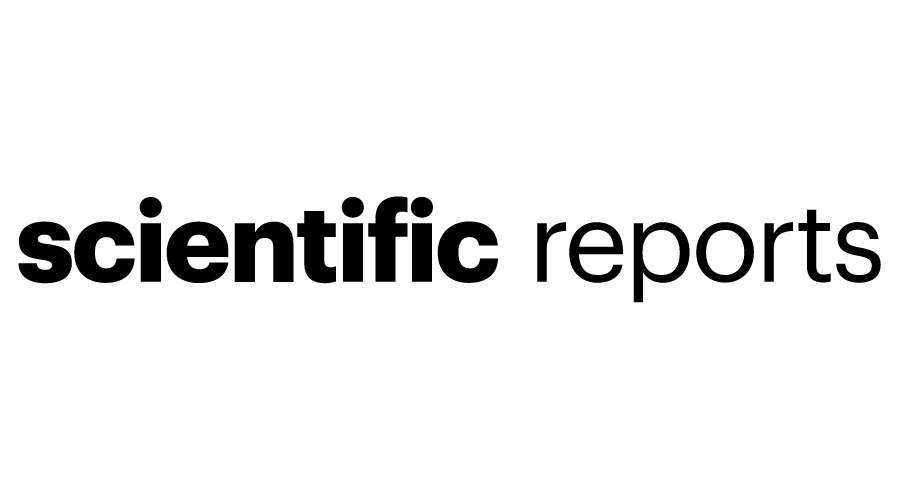Commentary: Systemic trauma, not burnout, drives healthcare’s workforce crisis

Editor's Note Healthcare’s workforce crisis stems from systemic trauma—not individual burnout. That’s the central argument of a commentary published April 30 in MedPage Today, in which Taylor Nichols, MD, a board-certified physician in emergency medicine and addiction medicine, calls for a sweeping shift in how healthcare-associated stress is understood and…
Federal grant cuts threaten hospital disaster readiness

Editor's Note Eliminating the Federal Emergency Management Agency’s (FEMA’s) key disaster preparedness grants could weaken hospital infrastructure and jeopardize care during future crises, according to a May 5 report in Modern Healthcare. As detailed in the article, the Trump administration has cut $3.3 billion in annual funding by ending the…
Study: Outpatient PCI safety comparable for ASCs, HOPDs

Editor's Note The study first to evaluate percutaneous coronary interventions (PCI) in Medicare beneficiaries treated at ambulatory surgery centers (ASCs) found similar short-term safety outcomes as hospital outpatient departments. As detailed in an announcement from The Society for Cardiovascular Angiography & Interventions (SCAI), the research was presented May 1 at…
Study: Knowledge gaps hinder perioperative hypothermia prevention

Editor's Note Surgical staff support for OR temperature management is not always paired with the knowledge required to properly prevent perioperative hypothermia, according to an April 30 study in Nature: Scientific Reports. This multicenter, cross-sectional study surveyed 213 operating room professionals—surgeons, anesthesiologists, and nurses—across eight hospitals in northern China. The…
Scientists question NIH's $500M bet on old vaccine technology

Editor's Note The NIH’s $500 million investment in developing whole killed virus vaccines has drawn criticism from vaccine experts who argue the platform is outdated and lacks transparency, according to a May 3 report in STAT. As detailed in the article, scientists expressed concern that the project—led by NIH insiders…
Study: Inadequate RN staffing raises patient mortality, costs

Editor's Note Short-staffed hospital wards face higher patient mortality, readmissions, and lengthier stays—especially when they rely on temporary staff instead of permanent registered nurses, according to research published in BMJ Quality & Safety. As detailed in a summary from Medscape News UK, the large-scale, longitudinal observational study was led by…
Dissolution of CDC infection control panel raises concern over stagnant guidelines

Editor's Note The Trump administration has dismantled the federal committee responsible for shaping national infection prevention standards in hospitals, sparking concern among healthcare experts over future preparedness, NBC News reported May 6. According to the article, the Centers for Disease Control and Prevention (CDC) informed members of the Healthcare Infection…
How to build credibility after a promotion

Takeaways • Credibility and trust are intertwined. • Keeping a covenant with staff, cultivating executive presence, and building relationships help establish credibility. • Situations that pose challenges to building credibility include the first leadership role and leading in areas where the new manager lacks expertise. Whether it is a first-time…
Time for a surgical skills check? Inside the ACS stance on aging physicians

Takeaways • US surgeons have no mandated retirement age. According to the Aging Surgeon Program, “a patient death or serious negative event are currently the only things that prompt action to prevent a surgeon from practicing.” • Research on aging-related decline is clear, but nuanced, showing rates and scope vary…
State AGs sue HHS over sweeping cuts

Editor's Note State attorneys general from 20 states filed suit to block major restructuring and layoffs at the Department of Health and Human Services (HHS), alleging the actions bypass Congress, violate federal law, and endanger public health. As detailed in a May 5 report from Fierce Healthcare, the lawsuit seeks…

 Free Daily News
Free Daily News